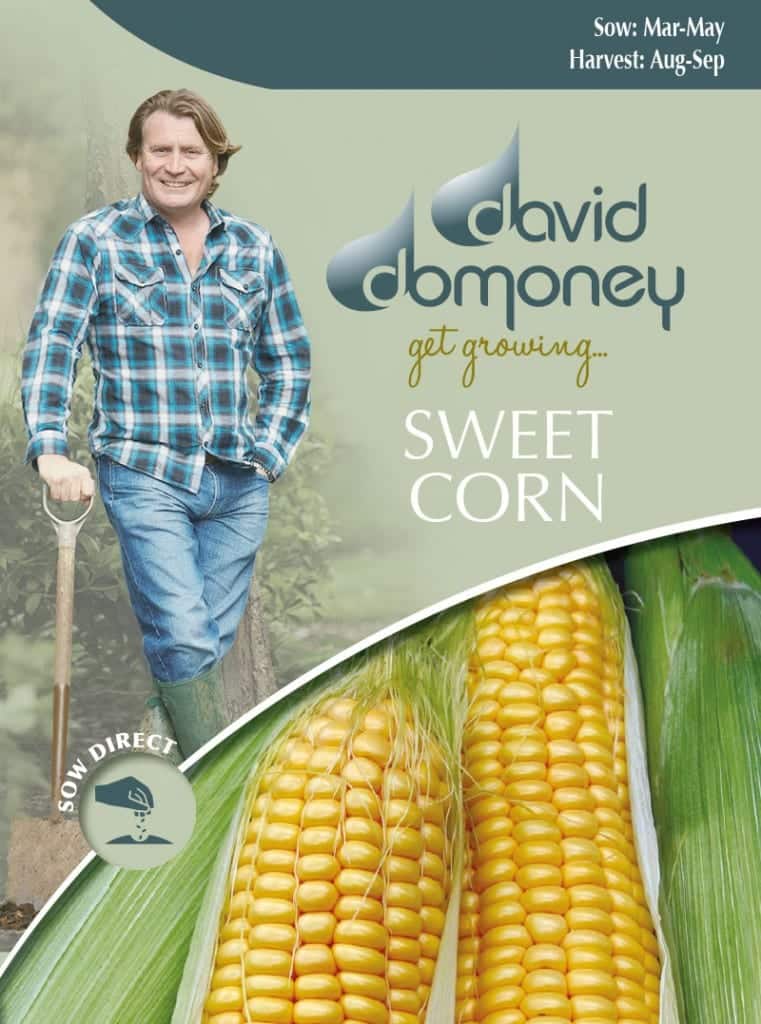Sweetcorn (Swift F1)
Easy to grow and so good it has to be tasted to be believed. Several day old sweet corn bought in the shops just can’t compete with the extraordinary flavour of freshly picked, sweet and juicy cobs from your own garden. Although pretty much all home grown produce tastes better, the difference with sweet corn is just amazing.
Growing Advice

Sow outdoors May. Sweet corn can be sown outdoors for ease. Choose a sunny, sheltered location for best results and wait until the soil has warmed up, ideally to around 10°C or more. If the soil is very heavy, cold or waterlogged an indoor sowing is preferable. Sow 5cm deep directly where plants are to grow. For surest results, sow two seeds together, with 40cm between each pair and in a block formation to help the wind pollinate all of the cobs. Gently firm the soil and keep moist. When large enough to handle remove the weaker seedling of each pair, leaving the strongest to grow on. It is good practice to water well after thinning out, to wash any dislodged soil back around the roots of the remaining plants. Remove any weeds as they appear.

Top Tips About Seeds
Once the seed packet has been opened, the seeds can be stored in an airtight container until required for further sowings. Sweet corn seeds will maintain their vigour for a good number of years.

Sweet corn is not recommended for growing in containers
Sweet corn plants are trouble free to grow if they are kept free from weeds and watered regularly during dry spells.
Harvest from August to September. The cobs are ready to pick when the fibrous silk tassels on top begin to turn brown. If ripe, pressing a finger nail into one of the kernels should release a creamy white sap. A firm twist downwards will remove the cobs from the stem quite easily.

Ideas on how to use your Sweetcorn
A thorough watering when the fibrous silk tassels appear on the cobs will really help to increase the size and the quality of the crop. It is a good idea to just grow one type of sweetcorn as cross pollination of different types can impair the flavour. Sometimes a little hand pollination can also be beneficial to ensure the maximum number of kernels swell on the cob. This is quite easily done by rubbing some of the flowering tops of the stems that are dusty with pollen onto the silk tassels. Each strand of the tassel is attached to a potential kernel.

Leave A Comment